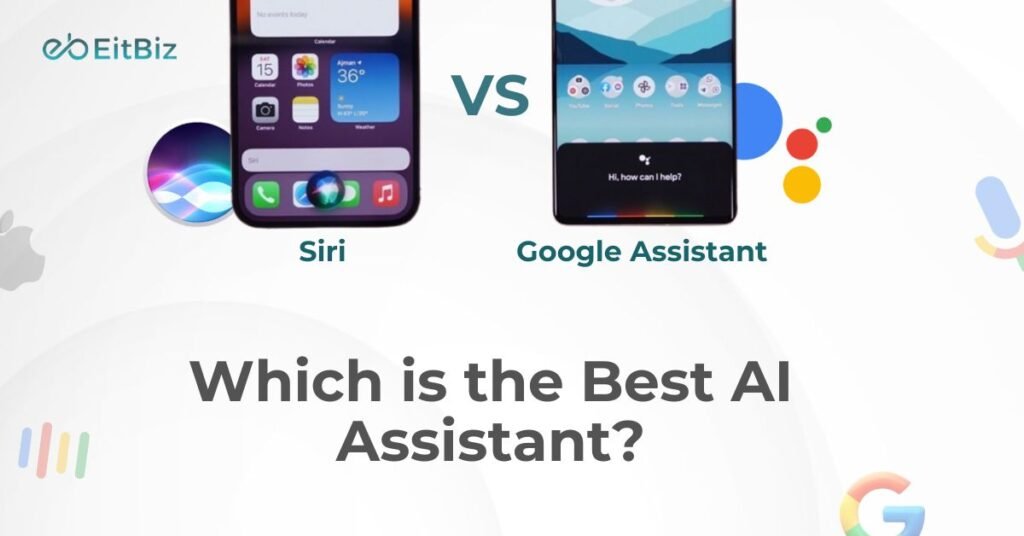Building a solid web presence involves a lot more than you think!
A comprehensive tech stack is quintessential even if you think about website or web app development.
From enhancing the app’s functionality to overall user experience, a dedicated stack is important in your business’s success.
But wait!
It doesn’t mean that you’ll simply run into any random web development stack and end up facing consequential loss, would you?
Well, that’s the reason, choosing the right stack is important to build robust, scalable, and efficient web products.
Let’s understand its importance!
Did you know?
- 8 out of 10 customers would stop engaging with the website or an app if the content is not displayed properly.
- Nearly 50% said that the website’s design is important in evaluating the business’s credibility.
- Nearly 95% say that poor design is the reason they don’t trust websites.
Sounds surprising, doesn’t it?
Now that you have understood the importance of having a stellar web app or a website, it’s time to set our sights on “Web Development Stack”!
Let’s dive in!
Web Development Stack: What is it?
In simple terms, a web development stack is a collection of modern tools and technologies that help create a website/web application. Popularly known as a “Software Stack”, “Technology Stack”, or “Development Stack”, it enables developers to adopt libraries, frameworks, tools, and technologies to build robust and scalable apps.
While developers can create their own set of stacks, some tech stacks are so refined that they’re already equipped with “Industry standards” components.
These components work in tandem to provide a comprehensive stack that helps create and operate software applications.
But the question is still intact- What are the best web development tech stacks available?
Whether you’re planning to build a website or a web app, getting your hands on the right combination of tools and frameworks is important.
Let’s find out!
Top Web Development Stacks to Consider in 2024
Here is a list of the top web development stacks to consider in 2024. Let’s discuss them in detail!
1. LAMP Stack

The LAMP Stack, which stands for Linux, Apache, MySQL, and PHP, is one of the widely popular platforms for web application development. Speaking of its structure, Linux here acts as the operating system, Apache as the web server, MYSQL as an RDBMS, and PHP as an object-oriented scripting language.
Furthermore, it boasts a huge community of developers that contribute to a wealth of tutorials, documentation, case studies, and support systems. With its flexible nature and an ecosystem of tools and libraries, developers adore this open-source stack for web app development.
| Parameters | Details |
| Frontend | PHP |
| Backend | Apache |
| Frontend | PHP |
| Ideal for | Traditional web apps |
2. MEVN Stack

It is another tech stack that comprises MongoDB, Express.js, Vue.js, and Node.js to create stunning and feature-rich web apps. It is well-recognized for its efficiency and streamlined development. Furthermore, the stack is powered with Vue.js which facilitates rapid development and quick integration.
Whether you’re a startup or an SME, choosing the stack may help you out. With an ideal combination of Node.js or Express.js, it helps simplify the request handling and routing process. On the other hand, the presence of MongoDB caters to the new-age web app needs.
| Parameters | Details |
| Frontend | Vue.js |
| Backend | Node.js with Express.js |
| Database | MongoDB |
| Idea for | Small to Medium-scale projects |
3. MERN Stack

It’s another popular web stack that includes four powerful components, including MongoDB, Express.js, React, and Node.js. Speaking of its front-end and back-end architecture, the former leverages React to enhance the app’s performance while the latter includes Node.js which helps simplify the development of server-side logic and APIs.
Furthermore, this stack’s initial, MongoDB helps offer a scalable and flexible storage solution which facilitates speedy and efficient web app development. From streamlined development processes to high-performance web apps, the integration of these techs (which is now known as MERN Stack) has got you covered.
| Parameters | Details |
| Frontend | React |
| Backend | Node.js with Express.js |
| Database | MongoDB |
| Ideal for | Building complex and interactive web apps |
4. MEAN Stack

This web development stack comprises of the top four trending and popular tools, including MongoDB, Express.js, Angular, and Node.js. This JavaScript Mean Stack efficiently leverages JavaScript which helps streamline app development for a power-packed performance.
Speaking of its architecture, the front-end and back-end, the former, i.e., Angular helps build single-page apps with features like two-way data binding. The back-end, on the other hand, i.e., Node.js combined with Express.js framework helps build scalable and server-side apps. Thanks to its Java-centered nature, this stack helps facilitate responsive and interactive web applications.
| Parameters | Details |
| Frontend | Angular |
| Backend | Node.js with Express.js |
| Database | MongoDB |
| Ideal for | Building real-time applications |
5. Python-Django Stack

When it comes to developing clean, scalable, and pragmatic design apps, this modern framework is ideal for building full-stack apps. Fortified with a suite of modern technologies, including PyCharm, Python, HTML, CSS, & JavaScript, this Django-Python stack helps build complex websites with minimal coding. Furthermore, thanks to its “Batteries-Included” approach, this framework comes with built-in features that facilitate speedy web development.
Besides web development of all kinds, Django supports enormous traffic volumes and API requests to meet mushrooming business needs.
| Parameters | Details |
| Frontend & Backend | Django (a Python Framework) |
| Database | SQLite |
| Ideal for | App development with clean and pragmatic design. |
After going through the web development stacks, it’s time to understand the multiple layers involved in the stack process.
Different Layers of a Web Development Tech Stack
Let’s take a look at the multiple layers of a web development stack that you should know;
| Parameter | Details |
| Operating Systems (OS) | It manages computer hardware and renders multiple services for software apps. For example, Windows, Linux, or macOS. |
| Web Server | It handles HTTP requests and provides web pages. Some examples of web servers may include Apache HTTP Server, Microsoft IIS, Nginx, and more. |
| Server-Side Programming | It handles data processing-related tasks with external services. Its examples are Python, Java, Node.js, PHP, and more. |
| Database | It is beneficial in storing and managing the app’s data. For example, PostgreSQL, MongoDB, Oracle, etc. |
| Client-Side Programming | This layer of the web development stack helps build UI and client-side app logic. |
| Frontend Libraries | It helps simplify the UI and other front-end components. Here are some of the examples that may include Angular, Vue.js, React, and more. |
| Deployment/Infrastructure | Lastly, this layer helps deploy, host, and manage the app for post-maintenance support. For example, deployment automation tools, cloud platforms, and robust monitoring systems. |
Final Thoughts
So, there you have it! That’s all about the top 5 web development stacks to adopt in 2024! Technology is indeed growing! If you want to develop a robust web product that churns out “Growth” then leveraging the best web development stack is important.
Though choosing the right stack is essential, it’s just the beginning and requires a lot more than you think! Furthermore, researching and incorporating the right components can be a nerve-wracking experience.
Don’t have enough time to choose a stack and build a solid website or an app? If so, EitBiz is here to help you! We are a leading web development company that efficiently leverages a pre-defined and scalable web development stack to build robust and scalable websites and web applications.
Ready to turn your dreams into reality? Partner with EitBiz or us at +1(812)530-6300 or drop us an email at info@eitbiz.com today!
Author
-

Vikas Dagar is a seasoned expert in the field of web and mobile applications, boasting over 14 years of experience across a multitude of industries, from nimble startups to expansive enterprises. Visit Linkedin
View all posts






